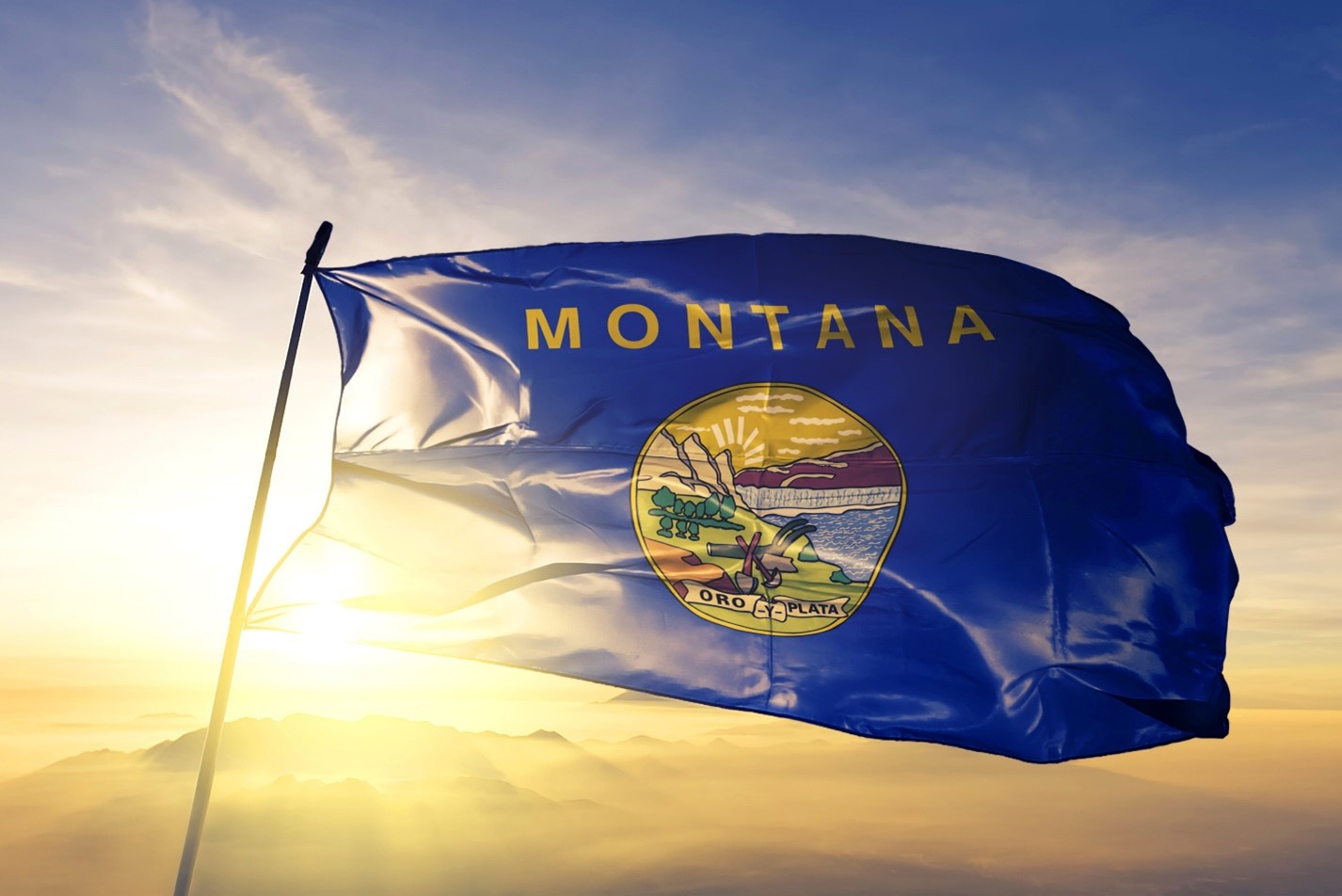Montana’s vast and rugged landscape is home to some of the most important wildlife corridors in North America. These corridors allow elk, deer, grizzly bears, and other species to migrate seasonally, ensuring they can find food, breed, and maintain healthy populations. However, as Montana continues to grow and expand, the increasing pressure from urban development, agriculture, and energy projects has raised concerns about the future of these migration routes. Without proper land management strategies, human activity could fragment critical habitats, forcing animals into dangerous, unnatural patterns that threaten their survival. Trenin Bayless Montana State Legislature believes that balancing responsible development with conservation is essential to protecting Montana’s rich biodiversity.
The Importance of Wildlife Corridors
Wildlife corridors serve as natural highways, allowing animals to move freely between habitats that may be separated by mountains, rivers, or human-made obstacles. These pathways are crucial for genetic diversity, enabling different populations to interbreed and maintain resilience against disease and environmental changes. In Montana, species like pronghorn antelope, which travel hundreds of miles between summer and winter ranges, rely on uninterrupted routes to sustain their way of life. Without these pathways, animals become isolated, leading to weakened populations and increased conflicts with humans as they are forced to navigate roads, fences, and urban areas.
Changes in land use have made migration more difficult for many species. Highways, fences, and expanding developments create barriers that prevent animals from moving safely across the landscape. In some cases, wildlife populations have been pushed into less suitable habitats, increasing competition for limited resources and leading to declining numbers. Additionally, habitat fragmentation caused by logging, mining, and oil and gas operations has reduced the availability of suitable food sources, further complicating the ability of animals to thrive.
Balancing Conservation with Development
Montana’s economy is deeply tied to its natural resources and open spaces. Agriculture, tourism, and energy production all play significant roles in the state’s economic stability. However, these industries must coexist with conservation efforts to ensure that Montana’s wildlife corridors remain intact. Responsible land management requires collaboration between landowners, developers, conservationists, and policymakers to implement strategies that minimize disruption to migration routes while allowing for economic growth.
One approach is the strategic placement of infrastructure projects to avoid disrupting key corridors. Overpasses and underpasses designed specifically for wildlife crossings have proven successful in reducing vehicle collisions and allowing animals to travel safely. These structures, combined with fencing that directs wildlife toward safer passage points, create a landscape that accommodates both development and migration.
Private landowners also play a crucial role in preserving wildlife corridors. Many of Montana’s migration routes cross private lands, meaning that conservation efforts must involve voluntary participation from ranchers and farmers. Incentive programs that provide financial benefits for landowners who maintain open migration paths or implement wildlife-friendly fencing can make a significant impact. Grazing practices that allow for seasonal movement and land conservation easements that protect key habitats from future development are also effective solutions.
Public and Private Partnerships in Conservation
Successful wildlife conservation efforts in Montana have often resulted from strong partnerships between government agencies, private organizations, and local communities. Collaborative initiatives that bring together scientists, landowners, and policymakers help to create land-use policies that balance conservation with economic development.
One example of this cooperation is the use of conservation easements, where private landowners agree to protect critical habitats while still maintaining ownership of their land. These agreements prevent future developments from disrupting migration corridors while allowing agricultural operations to continue. Programs that encourage sustainable ranching practices, such as rotational grazing and the preservation of riparian areas, also contribute to maintaining healthy ecosystems.
State and federal agencies play a vital role in funding and implementing conservation projects. By allocating resources toward habitat restoration, research on migration patterns, and wildlife-friendly infrastructure, policymakers can help ensure that development projects consider the needs of Montana’s wildlife. Education and outreach programs that inform the public about the importance of migration corridors can also foster a greater understanding of conservation efforts and encourage community participation.
Finding a Sustainable Path Forward
Montana has long been a leader in conservation, and the future of its wildlife corridors will depend on continued commitment from all stakeholders. By prioritizing smart land management policies that integrate wildlife needs with development goals, the state can maintain its reputation as a place where both people and nature can thrive. Preserving migration routes is not just about protecting animals—it is about safeguarding Montana’s ecological integrity, supporting its outdoor recreation industry, and ensuring that future generations can continue to experience the state’s unparalleled natural beauty.
A balanced approach to land management, informed by scientific research and driven by collaboration, will allow Montana to address the challenges of growth while maintaining its commitment to conservation. By protecting the pathways that sustain wildlife populations, Montana can continue to serve as a model for responsible stewardship of public and private lands.
